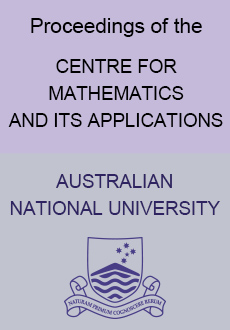Abstract
In ensemble predictions, particularly in numerical weather forecasts, the true initial errors are usually not known, and can be optimally represented by an ensemble of perturbations. Thus the growth rate and predictability of an ensemble of perturbations have direct impact on the quality and predictability of an ensemble forecast. In this paper, local metric entropy (LME) is introduced and used as a measure of local error growth of an ensemble of perturbations in chaotic dynamical systems. The predictability time scale of a dynamical system during a given period of time can also be estimated with higher accuracy by using the LME. It is shown that LME, at any time during the evolution of a dynamical system, can be calculated as the sum of all the positive local Lyapunov exponents. LME does not depend upon the amplitudes nor the configurations of initial perturbations, it depends on the positive local LEs which are intrinsic properties of dynamical systems. LME is adopted as a measure of local error growth to examine the dependence of an ensemble of perturbations to the dynamics of the system. In analysing local error growth rates, LME is compared with the local Lyapunov exponents, normal modes, optimal modes which are all commonly used in meteorological applictions. The correlations between LME, locally largest Lyapunov exponent, the first local Lyapunov exponent, growth rates of the first normal mode and first optimal perturbation are studied. When LME is used to estimate the predictability time scale of a system over a specified time period, it is found that the time scale defined by the LME is closer to the autocorrelation times for some variables than the commonly used Lyapunov time and Kolmogorov - Sinai time in the two dynamical systems we have tested.
Information


